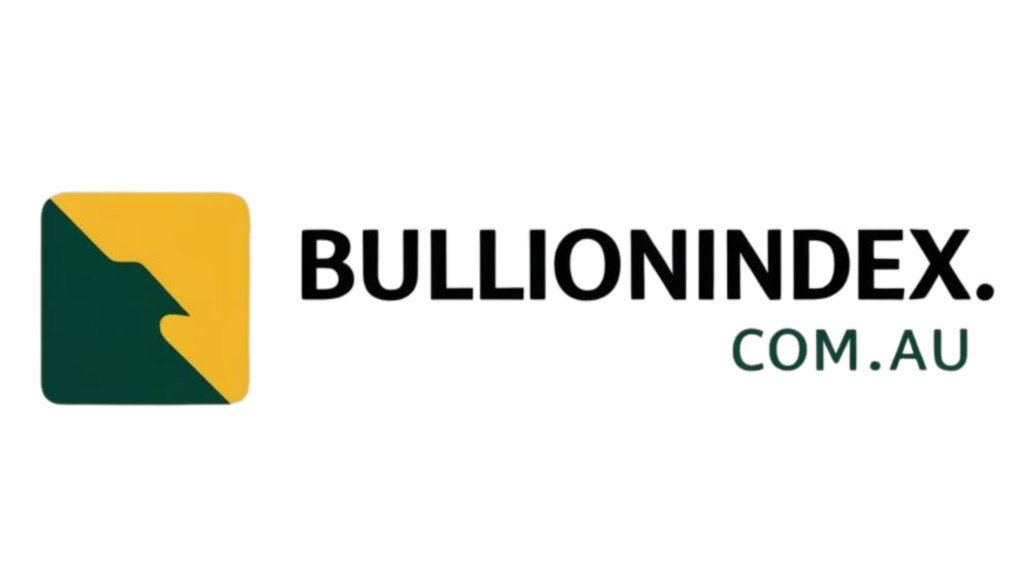Gold has long been revered as a reliable store of value, attracting investors seeking to preserve wealth through uncertain economic climates. The choice between physical gold ownership and gold exchange-traded funds (ETFs) presents investors with distinct advantages and challenges, with cost considerations often dictating the most affordable route to gold investment.
Market data shows gold prices reaching significant highs, reflecting its enduring appeal as a hedge against currency devaluation. Central banks worldwide hold substantial gold reserves, emphasizing its pivotal role in the global financial landscape.
Gold’s historical performance as an inflation hedge is well-documented, outpacing many traditional currencies in preserving purchasing power over the years. Particularly during economic crises, gold has demonstrated its resilience, outperforming equities and serving as a safe haven asset for investors.
The stark differences between physical gold ownership and gold ETFs lie in ownership structure and associated costs. While physical gold offers tangible ownership, ETFs provide convenience and liquidity but introduce counterparty risks.
Investors considering physical gold can choose between bullion bars and coins, each with its own premiums and verification processes. Buying physical gold involves additional costs like dealer markups, storage expenses, and insurance fees, which can impact the overall affordability of the investment.
On the other hand, gold ETFs offer a modern alternative to owning physical gold, providing exposure to gold prices through shares in funds backed by physical metal. ETFs boast lower costs, greater liquidity, and simplified inclusion in tax-advantaged accounts, making them an attractive option for many investors.
Cost considerations play a crucial role in determining the most affordable way to buy gold, especially for small investors. ETFs offer fractional shares and eliminate storage concerns, making them a cost-effective choice for those with limited capital.
For larger investors with longer time horizons, physical gold may become more cost-effective over time, especially when considering storage costs and potential savings compared to ETF expenses. Some experts suggest blending both physical gold and ETFs for optimal diversification and risk management.
When it comes to buying physical gold, selecting reputable dealers, understanding storage options, and verifying authenticity are essential steps for investors. Online and local dealers offer different pricing models and convenience levels, catering to diverse investor preferences.
Investing in gold ETFs requires careful consideration of expense ratios, fund size, and tracking methodologies. Choosing the right ETF with low costs and high liquidity can significantly impact long-term returns for investors.
In conclusion, the choice between physical gold and gold ETFs ultimately depends on individual investor preferences, financial goals, and risk tolerance. Both options present viable ways to gain exposure to gold, each with its own set of advantages and challenges that investors must carefully weigh to make informed investment decisions.
📰 Related Articles
- Investors Navigate Gold Surge with ASX 200 Stocks vs. ETFs
- Investors Debate: Gold Coins vs. ETFs in 2025
- How to Invest in Gold: Physical vs. ETFs in India 2025
- Expert Investor Dominic Frisby Deciphers Gold vs. Silver Dilemma
- ASX Investors Flock to Gold and Silver ETFs in 2024






